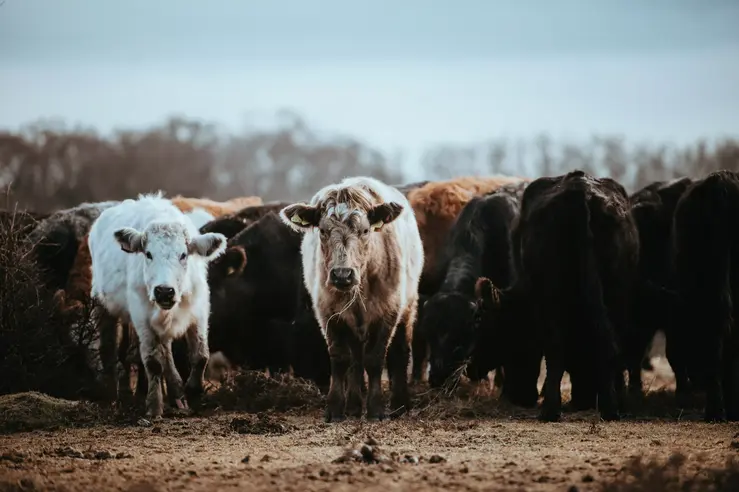From Pasture to Plate: Ensuring Humane Treatment for Cows
Cows, a familiar sight in fields around the world, are also a significant source of meat globally. While their gentle nature and historical significance in agriculture might lead to the assumption of humane treatment, concerns about cow welfare during slaughter practices remain prevalent. This article sheds light on common methods and the ethical considerations raised by animal welfare organizations.

Standard Practices:
While specific methods vary depending on location and regulations, some common practices in cow slaughter include:
- Stunning: This aims to render the cow unconscious before slaughter, typically achieved through methods like captive bolt stunning (plunging a metal rod into the head), electric stunning, or CO2 stunning. However, the effectiveness and ethicality of these methods vary, with concerns about potential pain or incomplete unconsciousness in some cases.
- Shackling and Hoisting: After stunning, the unconscious cow is typically shackled by its legs and hoisted by a crane. While intended for efficient processing, this practice can cause discomfort and potential pain if proper handling procedures are not followed.
- Slaughter: Once hoisted, the cow undergoes various steps to bleed and prepare the carcass for further processing. These steps, like sticking (severing major blood vessels) and skinning, raise ethical concerns if the cow regains consciousness during the process.
Why These Practices Raise Concerns:
Animal welfare organizations, along with many individuals, raise ethical concerns about these practices:
- Effectiveness of Stunning: The effectiveness of stunning methods is not foolproof, and instances of incomplete or improper stunning can lead to the cow experiencing pain and distress during subsequent steps.
- Pain during Shackling and Hoisting: Even when stunned, the process of shackling and hoisting can cause discomfort and potential pain due to improper handling or regaining of consciousness.
- Lack of Clear Consciousness: The level of consciousness during bleeding and other processing steps remains unclear, raising concerns about potential suffering even after the initial stunning.
The Push for Change:
Organizations dedicated to animal welfare advocate for:
- Improved Stunning Methods: Research and implementation of more reliable and humane stunning methods that guarantee complete and immediate unconsciousness, minimizing suffering.
- Pre-Slaughter Handling: Implementing stricter guidelines and regulations for pre-slaughter handling to ensure proper restraint and minimize stress and discomfort for the cows.
- Transparency and Accountability: Promoting greater transparency in slaughterhouse practices and holding facilities accountable for upholding animal welfare standards throughout the process.
By raising awareness about these concerns, animal welfare organizations aim to encourage improvements in cow slaughter practices, ensuring humane treatment and minimizing suffering for these animals raised for human consumption.
This article provides a brief overview of the issue. It is important to note that the complexities of this topic require further research and understanding of specific regional practices and regulations. However, by acknowledging the concerns raised by animal welfare organizations, we can initiate a conversation about ensuring humane treatment for cows throughout their lives, including the critical stage of slaughter.
